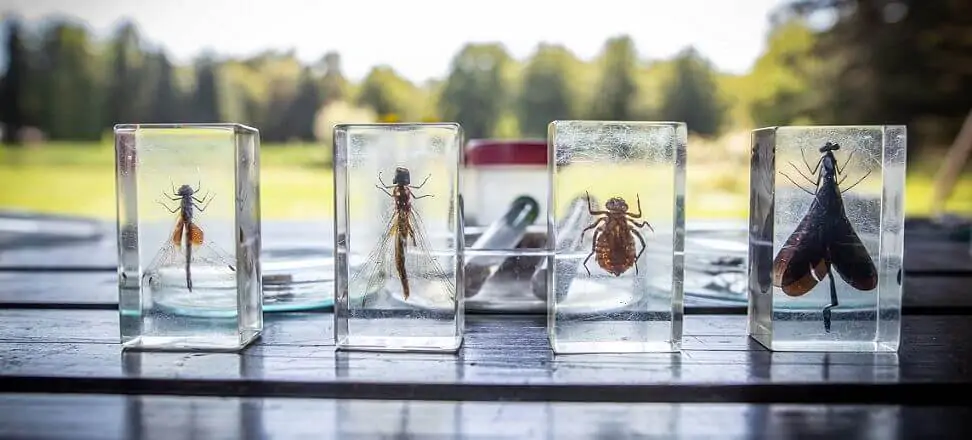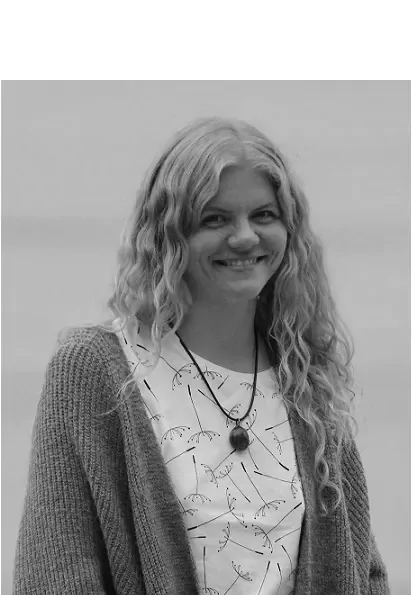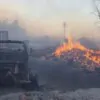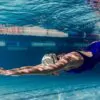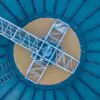Feedback, Issue 14/2024
On the other side of the taffy, or how a Polish woman became one of the National Geographic Explorers
National Geographic Explorers is an international community of people who receive funding and support from the National Geographic Society (NGS) Foundation to make positive changes in our world and protect it. They are scientists and activists working for conservation; educators, travelers and storytellers who care passionately about our planet. According to the NGS, each of them sees the difference between the world as it is and as it could be, and with courage and conviction they undertake work to change it for the better [1].
Last year, Dr. Klaudia Cebulska successfully participated in the NGS grant competition! Her long-term educational and scientific activities were recognized, and her original project on hydrobiology education entitled: Secrets of underwater creatures – revealing the diversity of freshwater bottom macroinvertebrates (grant reference number: EC-106972E-24) received funding. Thus, the Polish scientist became one of the National Geographic Explorers.
Who is the girl in the waders?
My name is Klaudia Cebulska and I am a hydrobiologist, science popularizer, educator, passionate diver, and lover of all underwater life and founder of Water Creatures. In 2022. I received my doctoral degree, defending my dissertation entitled The Role of the Odra-Kanał Gliwicki Inland Waterway in the Dispersion of Alien in the Fauna of Poland Species of Benthic Macrobes in the Catchment of the Klodnica River at the University of Silesia in Katowice. My previous scientific research has focused primarily on the topics of the spread of alien species and the impact of pollution on aquatic ecosystems located in industrialized areas.
I actively cooperate with companies conducting natural inventories, dealing, of course, with the study of aquatic ecosystems and the benthic macroinvertebrates living in them. I am the author of several scientific and popular science publications and educational brochures for children. I organized conferences, and carried out various scientific and educational projects. In 2020. I received a distinction from the JM Rector of the University of Silesia for scientific achievements and popular science activities.
I have been involved in nature education for more than 10 years. Being able to make people aware of the treasures and secrets hiding under the surface of the water constantly gives me great joy and satisfaction, and education is, in my opinion, one of the best ways to save nature! That’s why two years ago I decided to start a company with a very hydrobiological name – Water Creatures.
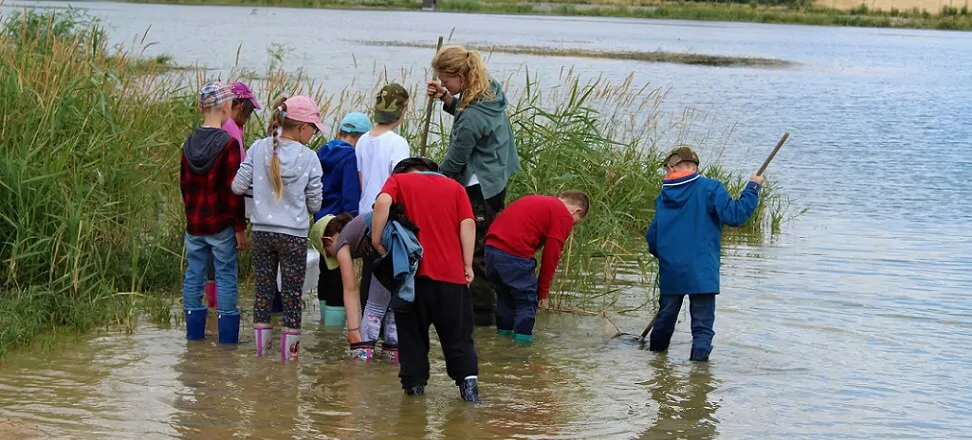
Water Creatures, or monsters from the deep. Or something else, though?
Aquatic Creatures have always been on my mind, and it’s not at all about animals living in the oceans, various fish or sea monsters, but about macrozoobenthos, or organisms that people often find just such strange and puzzling creatures. Freshwater macroinvertebrates (that is, colloquially speaking, all sorts of water-dwelling worms, but also snails or bivalves) are not among the most popular topics in biology lessons, and people are unlikely to know much about them. The fact that a female mosquito lays her eggs in the water is still reasonably popular knowledge, but the fact that a dragonfly larva lives underwater for years and is capable of hunting even a small fish is no longer necessarily so.
And that’s just the tip of the iceberg, because how many people have heard about Polish pearl-producing mussels, caddisfly larvae using various particles to build underwater homes, or water beetles that can both swim and fly? Not only are people unfamiliar with aquatic macroinvertebrates, but most of all they are unaware of how important, fragile and underestimated part of aquatic ecosystems these organisms are. And yet, it’s hard to protect something if we don’t know it exists! And so out of my passion for aquatic ecosystems and my desire to protect them, Water Creatures was born, a company dedicated to nature education and hydrobiological scientific research.
The main goal of Water Creatures is to uncover the mysteries of the underwater world by conducting workshops, trainings or lectures on freshwater ecosystems. We want to share our knowledge and experience, and develop in people attentiveness and sensitivity to the nature around them. Our activities are designed for people of all ages, from preschoolers to seniors. We cooperate with various institutions throughout Poland and create various teaching materials, videos and photos.
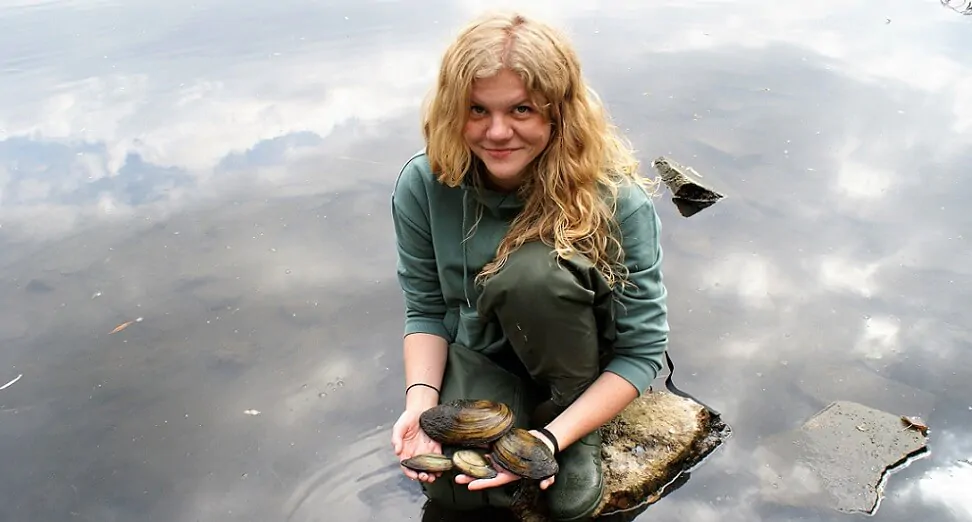
From the first clam found to a great passion and way of life
Ever since I can remember I have been intrigued by water and all the creatures that live in it, and ponds have been my favorite place in any garden. While I was already a student with a biological profile, I discovered a population of great bark beetle – the largest Polish bivalve mollusc, which is under partial protection – in a reservoir located in allotment gardens in Chorzow. At that time it was a great event for me! Without hesitation, I decided to do something to protect them and decided to conduct research there for my master’s thesis. The next step became a doctoral program, and then it was only more interesting! It is true that we do not have many hydrobiologists in Poland, but fortunately, water conservation topics are becoming more and more popular, so I hope that there will be more and more such people.
I often hear the question: what is it like to be a hydrobiologist, and how is it possible that you tell with such great commitment? Then the monologue of the Scribe from the movie Asterix and Obelix: Mission Cleopatra comes to mind: Many people ask me the same thing, but how do you do it, where do you get this joy, and I answer that it’s simple…. Water is mankind’s greatest treasure, and the organisms that live in it, unnoticed at first glance, are a completely different world, full of secrets and surprises. I’m telling about what I really value and what fascinates me, so how could I do it any other way?
One step further, or cooperation with the National Geographic Society
I have been studying aquatic ecosystems for years and have been involved in education. However, I know that this is still not enough, which is why the main goal of my project, carried out in cooperation with the National Geographic Society, is to provide training for teachers and educators employed in national parks and other conservation-related institutions. I believe that through them I can reach an even larger audience and do much more! I help them acquire hard-to-find specialized knowledge, and show them what interesting workshops or lessons on hydrobiology can look like in the field.
I also plan to conduct a hydrobiological inventory of the aquatic ecosystems where the field workshops will be implemented. This will allow to verify the presence of rare and protected species, but also alien species that pose a threat to native bottom fauna. The next step will be to create numerous educational materials and post them on social media to increase audience interest in aquatic ecosystems. I believe that with this project we can more effectively fight for a better tomorrow for all aquatic creatures, and by extension, for our planet and ourselves.
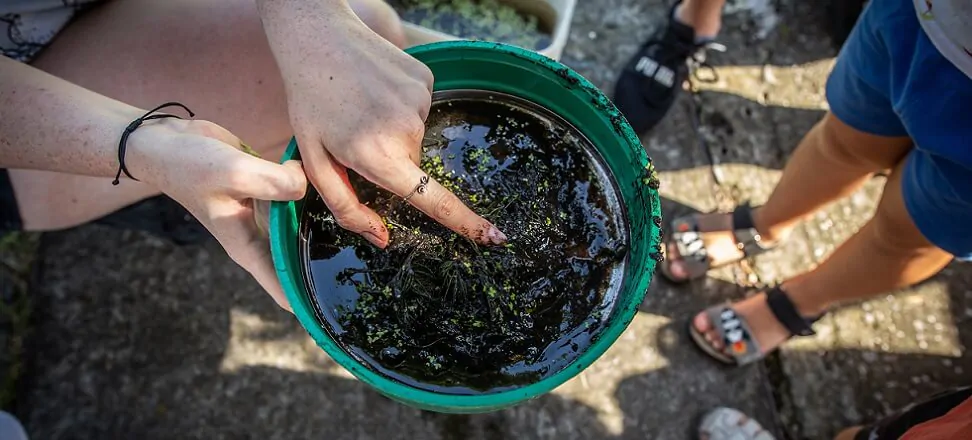
When o yuck! turns into excitement and great delight
What I love most about my work is that moment when I fish some interesting organism out of the water and hear from the participants O yuck!!!, but when I start talking about it, more and more surprise and fascination are painted on the faces of the same people who a moment ago almost wanted to run away. Being able to make people aware of the amazing animals hiding beneath the surface of the pond they pass so often, thinking that only fish, ducks and frogs live there, is really a great feeling! I have conducted hundreds of workshops on aquatic organisms so far, and I am proud to think of every person I have managed to interest in hydrobiology and sensitize to the challenges posed by the current state of the environment.

 Polski
Polski
